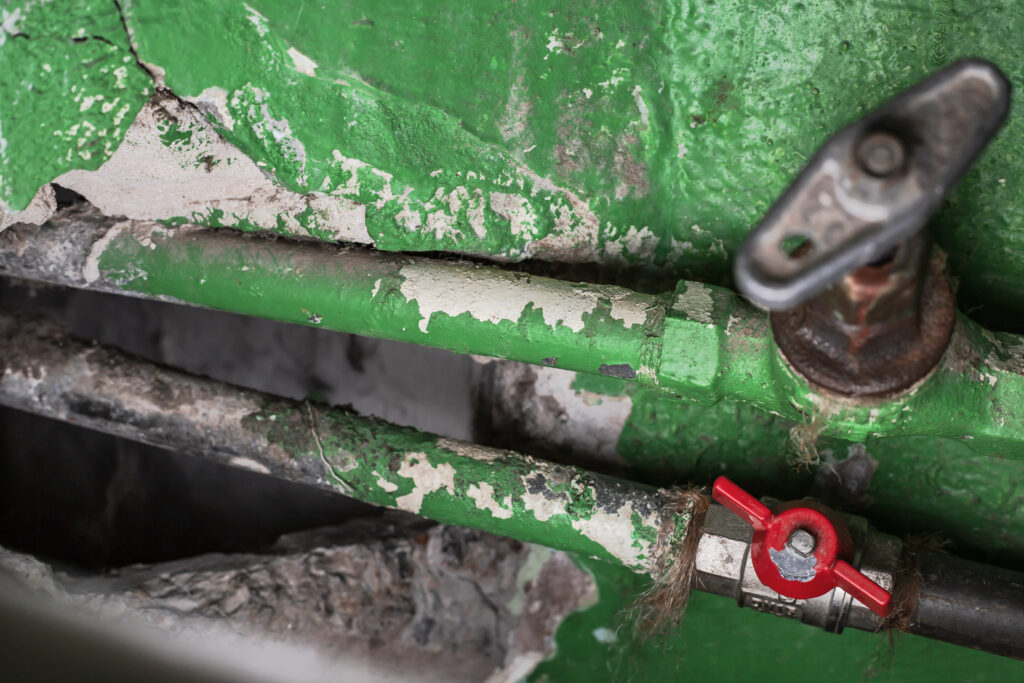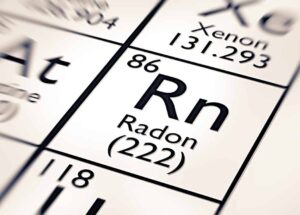What is the American Rescue Plan and how will it help K-12 school infrastructure in Pennsylvania?
The American Rescue Plan is a federal act that was enacted on March 11, 2021 and provided over $122 billion to states to assist K-12 schools in safely reopening and sustaining important operations during the COVID-19 global pandemic. The Pennsylvania Department of Education created the ARP Elementary and Secondary School Fund (ARP ESSER Fund) to allocate funding to Local Education Agencies (LEA). You can see the allocation for your school district here.
What are the approved uses for this funding?
At least 20% of the funds received by a LEA must “address learning loss through the implementation of evidence-based interventions and ensure that those interventions respond to students’ social, emotional, and academic needs and address the disproportionate impact of COVID-19 on underrepresented student subgroups (each major racial and ethnic group, children from low-income families, children with disabilities, English learners, gender, migrant students, students experiencing homelessness, and children and youth in foster care)” [1].
The remaining funds have a diverse array of approved uses pertaining to K-12 school infrastructure including:
- Coordinating preparedness and response efforts with State, local, Tribal, and territorial public health departments to prevent, prepare for, and respond to COVID-19 (A)
- Developing and implementing procedures and systems to improve the preparedness and response efforts of local education agencies (G)
- Training and professional development for staff of the local educational agency on sanitation and minimizing the spread of infectious disease (H)
- Purchasing supplies to sanitize and clean the facilities of a LEA including buildings operated by such agency (I)
- Planning for, coordinating, and implementing activities during long-term closures, including providing meals to eligible students, providing technology for online learning to all students, providing guidance for carrying out requirements under the IDEA and ensuring other educational services can continue to be provided consistent with all Federal, State, and local requirements (J)
- School facility repairs and improvements to enable operation of schools to reduce risk of virus transmission and exposure to environmental health hazards, and to support student health needs (O)
- Inspection, testing, maintenance, repair, replacement, and upgrade projects to improve the indoor air quality in school facilities, including mechanical and non-mechanical heating, ventilation, and air conditioning systems, filtering, purification, and other air cleaning, fans, control systems, and window and door repair and replacement (P)
- Developing strategies and implementing public health protocols including, to the greatest extent practicable, policies in line with guidance from the Centers for Disease Control and Prevention for the reopening and operation of school facilities to effectively maintain the health and safety of students, educators, and other staff (Q)
- Other activities that are necessary to maintain the operation of and continuity of services in LEAs and continuing to employ existing staff of the LEA (R) [2]
An LEA that receives ARP ESSER funds must, within 30 days of receiving the funds, make publicly available on its website a plan for the safe return to in-person instruction and continuity of services. Before making the plan publicly available, the LEA must seek public comment on the plan.
Women for a Healthy Environment Recommended Guidance for PA Schools Considering Infrastructure Spending
- Prioritize deferred maintenance and schedule emergency repairs to the building structure.
School infrastructure needs that address the structural integrity and environmental health and safety should be prioritized. This includes projects that repair roofs, seal cracks in the foundation, remove moisture introduction, repair or replace windows to seal tightly, replace carpeting and furniture with low-VOC, remove or stabilize asbestos, and test and remediate for leaded pipes, paints, and radon gas. In addition, prioritize long-term deferred maintenance to create a safer and healthier indoor learning environment.
- Upgrade heating, ventilation, and air conditioning systems.
COVID-19 is an airborne disease. Improving the building systems that affect the way air moves in and out of the building can improve indoor air quality and decrease the risk of airborne virus transmission. By reducing additional sources that contribute to poor indoor air quality, such as mold, lead dust, radon gas, PCBs, pesticides, and volatile organic compounds from products and building materials, the load on the HVAC system within a school can be reduced.
- Eliminate existing environmental hazards.
Findings from the upcoming report State of Environmental Health in Pennsylvania Schools suggest that while schools who test for environmental hazards in their buildings find them, they are not taking action to remediate them. ARP ESSER funds can be used to eliminate these hazards and prevent harmful exposures to lead, mold, radon, asbestos, and PCBs in their buildings.
How to get involved
Parents and school stakeholders can get involved in many different ways by contacting school decision makers and calling on them to act to include the infrastructure priority investments listed above. Below, you’ll find some scripts you can use to write to your school board or superintendent to call them into action!
Parent Action Paragraph
Hello, my name is _________, a parent/family member/caregiver for a student at [school or school district]. I am writing to you today to request that you allocate a portion of the district’s American Rescue Plan Elementary and Secondary School Fund to address necessary school infrastructure needs to assure that our children can learn in a healthy and safe environment. According to Women for a Healthy Environment’s upcoming State of Environmental Health in Schools Report, Pennsylvania schools are almost a decade older than the national average. This puts our buildings at greater risk for having harmful environmental hazards such as asbestos, lead paint, lead and copper pipes, mold, radon, and PCBs, which can negatively affect the our children’s growing bodies and brains.
I am asking that the ARP ESSER funds address priority areas such as deferred maintenance, emergency repairs, upgrades to the HVAC systems, and elimination existing environmental hazards from our children’s school buildings. The experts agree that healthy learning environments can positively affect student and staff health, cognitive development, and academic performance. Please make the necessary investment needed so our children can have a safe return to school and a healthy environment to reach their full potential.
Sincerely,
Your Name
School Staff/Educator Action Paragraph
Hello, my name is __________, a/an [name your role: educator, school administrator] at [school bestor school district]. I have worked for X years in the district. am writing to you today to request that you allocate a portion of the district’s American Rescue Plan Elementary and Secondary School Fund to address necessary school infrastructure needs to assure that our schools remain a healthy and safe environment. Teachers and school staff have a right to know about the occupational hazards present in the workplace environment. According to Women for a Healthy Environment’s upcoming State of Environmental Health in Schools Report, Pennsylvania schools are almost a decade older than the national average. This puts our buildings at greater risk for having harmful environmental hazards such as asbestos, lead paint, lead and copper pipes, mold, radon, and PCBs, which can negatively affect the our children’s growing bodies and brains.
For far too long, we have underinvested in public schools. Now, we have a once-in-a-lifetime opportunity to reinvest in our schools for the long-term – impacting current and future generations of students, teachers, and school staff who spend their careers in these buildings. I am asking that the ARP ESSER funds address priority areas such as deferred maintenance, emergency repairs, upgrades to the HVAC systems, and elimination existing environmental hazards from our children’s school buildings. Please make the necessary investment needed so our children can have a safe return to school and a healthy environment to reach their full potential.
Sincerely,
Your Name
References:
U.S. DEPARTMENT OF EDUCATION FACT SHEET American Rescue Plan Act of 2021 ELEMENTARY AND SECONDARY SCHOOL EMERGENCY RELIEF FUND (ARP ESSER). Accessed May 3, 2021. (https://oese.ed.gov/files/2021/03/FINAL_ARP-ESSER-FACT-SHEET.pdf).
“Five Guiding Principles: How schools can use American Rescue Plan funding to ensure healthy, resilient facilities for students and reduce energy costs and emissions” by the Center for Green Schools at USGBC and UndauntedK12 (https://www.usgbc.org/resources/five-guiding-principles)





